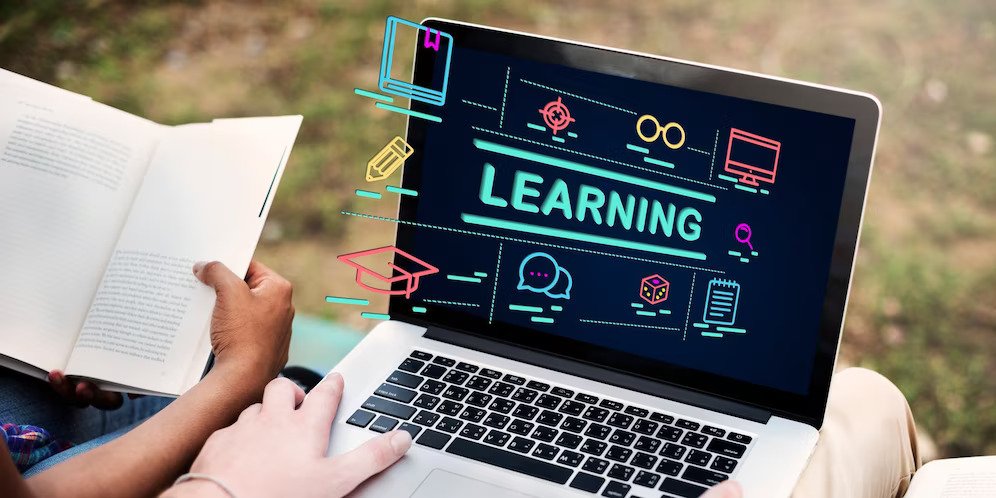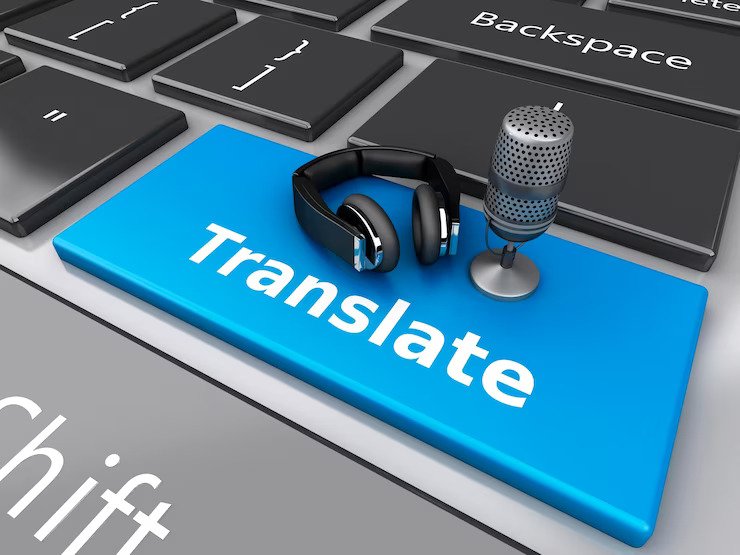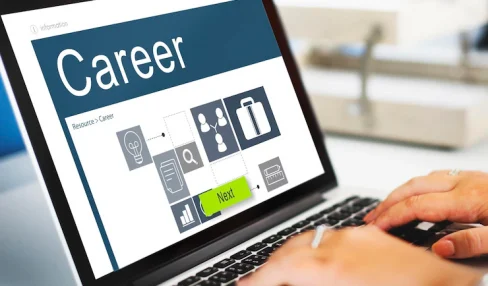How To Make Digital Learning More Accessible
4 Mins Read
Published on: 28 August 2023
Last Updated on: 11 November 2024

toc impalement
Digital learning is changing the way we approach education, and it’s not just a fleeting phase. Consider this: By 2026, online learning is set to grow at an impressive rate of 9.1% each year. This suggests that we’re moving toward a future where learning from our screens is the standard.
It’s easy to understand the allure, with the sheer volume of information and flexibility the internet offers. However, there’s a pressing question we need to address: Is this digital world welcoming to everyone? The web is vast, but it’s essential that all learners, regardless of their challenges or backgrounds, can navigate it confidently and reap its benefits. The goal? To ensure that online education is a door open to all.
At its core, our goal should be simple: making the digital realm a welcoming and adaptable space for every single learner out there.
The World Of Language Apps And Their Reach
The internet is like a grand marketplace of knowledge, and one of its busiest departments is language learning apps. There’s something beautiful about so many people wanting to bridge language gaps and understand each other better.
Let’s say you’re curious about learning Tagalog. The online space is bursting with opportunities to dive deep into such unique linguistic experiences. But again, it’s all about making sure everyone can join in on the journey. For example, if someone wants to learn Tagalog online, there are specific apps designed just for that. It’s amazing to see how many people are eager to explore such unique languages.
But as more people get interested, there’s a big question we need to ask: is it accessible? When an app really thinks about these things and works to include everyone, that’s when we know it’s genuinely dedicated to making digital learning accessible to all.
Adaptive Learning Technologies

One of the wonders of the digital age is the development of adaptive learning technologies. These tools have the innate ability to mold content based on a student’s unique needs. Imagine a learning platform that adjusts its content based on how a student interacts with it, ensuring they grasp concepts at their own pace. This isn’t just a nod toward personalization but a significant leap in making learning more inclusive and tailored.
Multi-Modal Content Delivery
We all absorb information differently. While some might find reading a text sufficient, others might grasp concepts better through videos or audio explanations. Recognizing this diversity in learning preferences is essential. By offering content in varied formats, from interactive simulations to text and videos, we’re catering to a broader spectrum of learners. This multi-modal approach ensures that students can access content in a manner that is most comfortable and effective for them.
Universal Design Principles In Course Creation
If there’s one mantra course creators should live by, it’s the principles of universal design. Rooted in the idea of creating content that’s inherently accessible to everyone, these principles guide creators to develop courses that cater to a diverse audience right from the outset. It’s not about making adjustments or accommodations later but about embedding inclusivity from the get-go. So, whether it’s selecting contrasting colors for better visibility or structuring content for easy navigation, the focus is always on broad-based accessibility.
Offering Translation And Transcription Services

Language can be a significant barrier to digital learning. The internet might seem predominantly English-centric, but learners hail from all corners of the globe. Making digital learning truly global means offering content in multiple languages or at least providing translations. Furthermore, transcriptions, especially for video and audio content, can be invaluable. They not only help those with hearing impairments but also provide learners with a chance to engage with content at their own pace, revisiting complex parts as needed.
Continuous Feedback And Improvement
Digital learning platforms, no matter how advanced, are not static entities. They thrive on feedback and evolution. Encouraging students to voice their concerns and provide feedback on accessibility issues can be enlightening. After all, who better to highlight potential areas for improvement than the very users of the content? By cultivating a culture of feedback and subsequently refining materials, digital learning can continuously evolve, ensuring that accessibility remains at its core.
Conclusion
In a world rapidly advancing toward digital-first solutions, accessibility in digital learning mustn’t be an afterthought but a foundational pillar. Crafting an inclusive online education isn’t merely about ticking a box; it genuinely elevates the whole learning journey for everyone. Educators, developers, and those who deeply care about the world of digital learning carry a significant responsibility. It’s up to them to shape learning spaces where every single student feels seen, understood, and empowered to flourish, no matter their background or challenges.
Read Also:


















Comments Are Closed For This Article